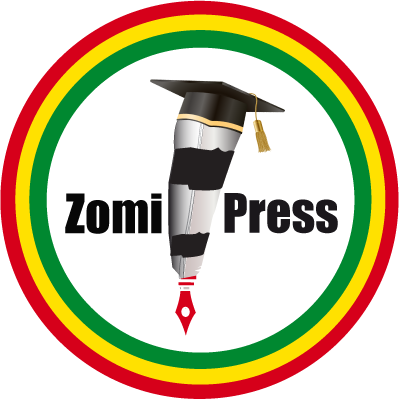In the evolving political terrain of Myanmar, particularly in the contested highlands of Eastern Zogam, a critical linguistic and ideological question is emerging: Should the Zomi people refer to their homeland as “Zomi State” or “Zomi Land” (Zogam)?
At first glance, the debate may seem superficial—a matter of semantics. But in the language of politics, words define legitimacy, ownership, history, and future governance. The distinction between “Zomi State” and “Zomi Land” is far from trivial—it strikes at the heart of the Zomi people’s struggle for recognition, autonomy, and rightful self-determination.
The Burden of the Word ‘State’
The term “State” in the context of Myanmar is inherited from a colonial administrative mindset—geographical divisions imposed on indigenous peoples by successive regimes in Yangon and Naypyidaw. Names like Chin State, Shan State, and Kachin State were created without the full consent of the indigenous nations they claim to represent.
To label our homeland as Zomi State is, inadvertently, to participate in this legacy. It suggests delegated authority, granted by a central government, rather than inherent sovereignty rooted in birthright, identity, and ancestral land. The risk, therefore, is the quiet erasure of indigenous autonomy beneath the administrative mask of a “state” under a constitution the Zomi people never ratified.
Zogam: A Name with Blood and Soil
The alternative is not only more accurate—it is powerful: Zomi Land, or more precisely, Zogam. This term predates modern borders. It refers to the contiguous Zomi-inhabited lands from the Chindwin River in the East to the Manipur River basin in the West. It includes the hills of Tedim, Tonzang, and Cikha and extends to the Kalay-Kabaw valley—homelands not imagined by a state but lived, farmed, defended, and passed down through generations of Zomi families.
The Zogam Charter, the Zomi people’s supreme political document ratified on September 18, 2021, is unambiguous. It defines Zogam as the inalienable territory of the Zomi people, not a state waiting for permission to exist, but a homeland asserting its rightful place in a Federal Democratic Union of Myanmar. -ZOGAM CHARTER.
Statehood vs. Nationhood
“Zomi State” implies subordination—it places the Zomi identity beneath a national umbrella where power is centralized. “Zogam” asserts equal standing among federated units. Just as Scotland is not merely a “state” but a nation within the UK, so too must Zogam be understood as a nation within Myanmar’s future federal union.
More importantly, the term “Zogam” embodies the Zomi people’s collective will and historical mandate. The Zomi KL Khawmpi of 2019 (ZICKL 019) reaffirmed this identity, not just in name but in charter, flag, and governance structure. The use of “Zogam Government” or “Zogam Administration” by the ZPCC (Zomi Political Coordination Council) reflects this strategic clarityZPCC-Pawlpi-Kivaipuakzi….
A Word for a Future
As federalism gradually becomes the language of the new Myanmar, the Zomi must choose words that secure their place at the table of national reconstruction. “Zomi State” may be politically convenient in transitional dialogues, but it must never replace “Zogam” in the hearts, documents, and declarations of the Zomi people.
The ZPCC and ZRA-EC have made this stance clear in all official communiqués and structures. They do not fight for a state—they fight for a federated Zogam, governed by its people, administered by its will, and defended by its sons and daughters. -ZRAEC News.
The road ahead is long. Federalism, like freedom, demands more than arms—it demands articulation. And it begins with calling ourselves, and our land, what we truly are.
Not “Zomi State.”
But Zogam—Zomi Land.
Let the world, and history, hear us clearly.



